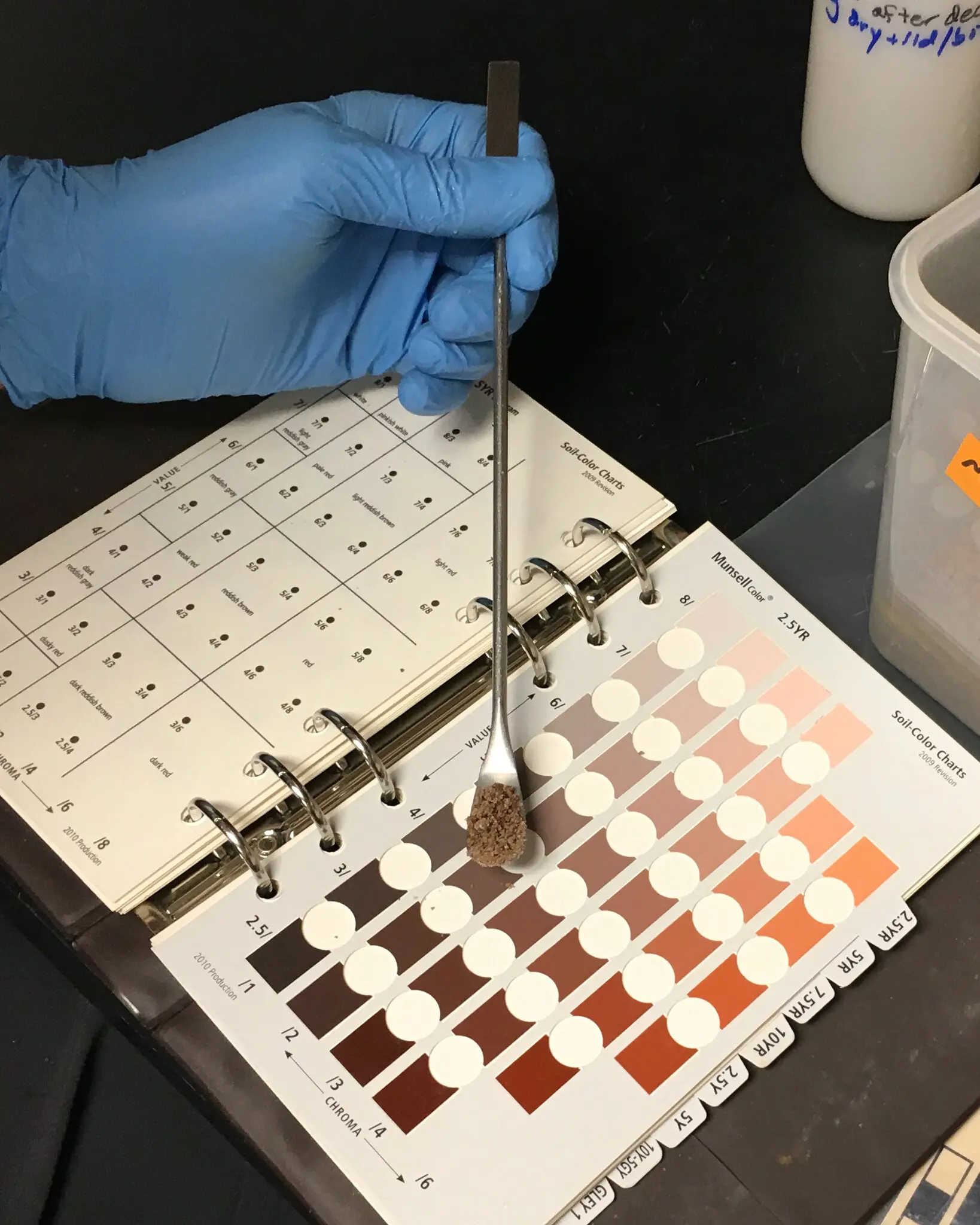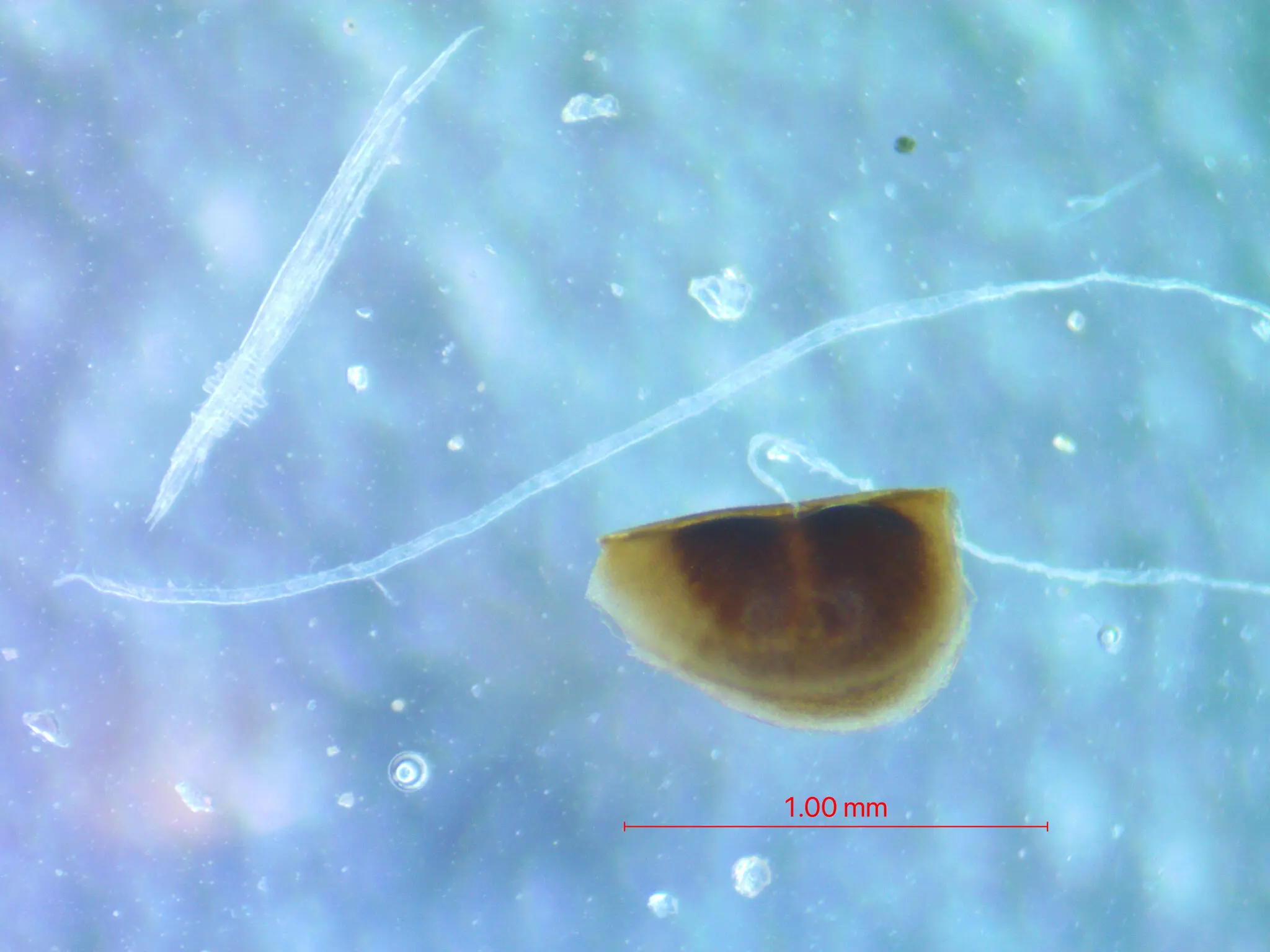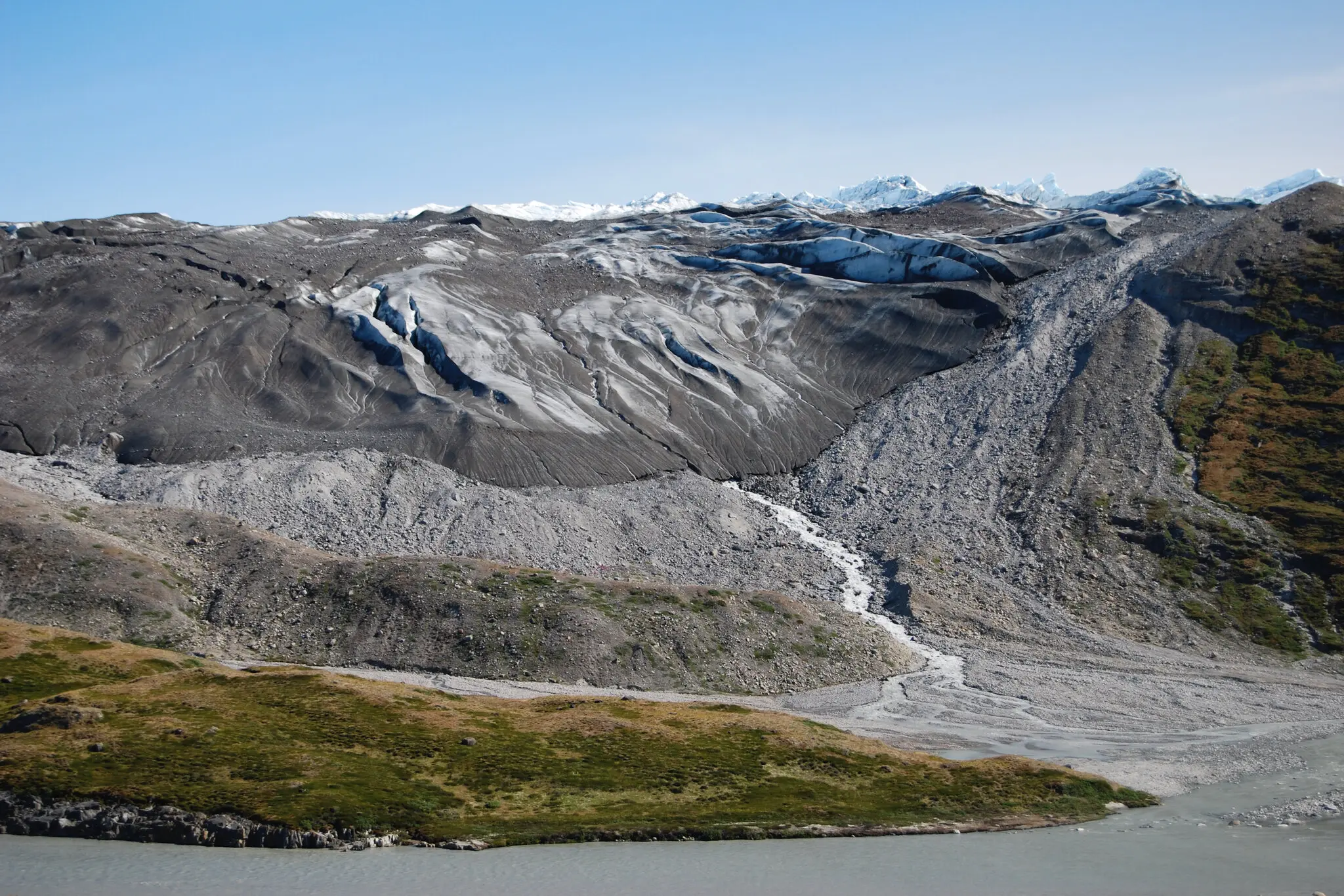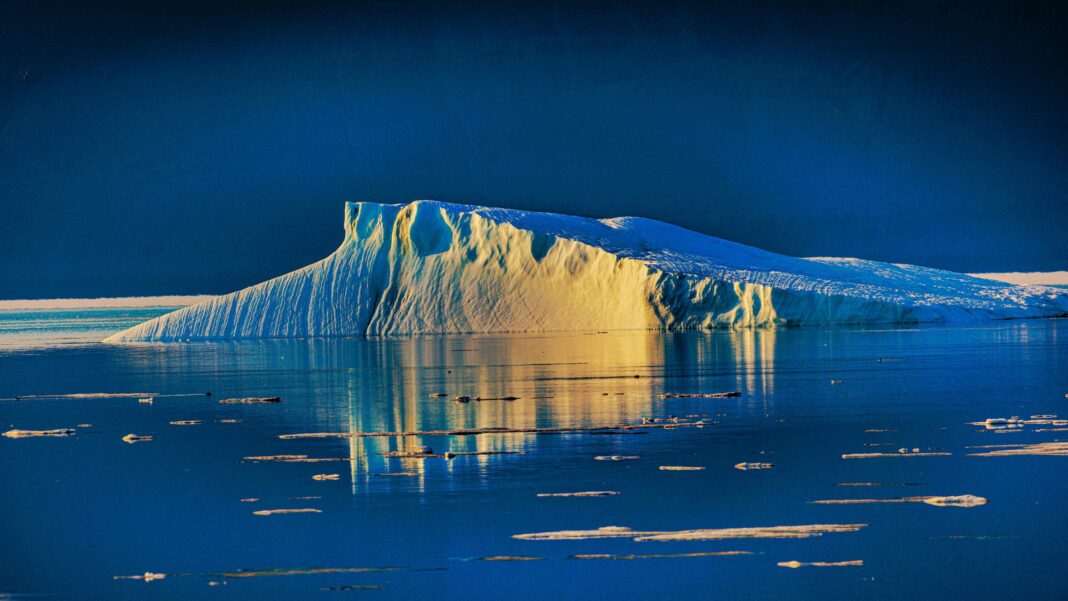Greenland’s ice sheet has long been a topic of intense scientific study, providing critical insights into our planet’s climate history. In 1966, scientists drilled deep into the Greenland ice sheet and collected a significant ice core, along with frozen sediment from beneath it. However, the sediment remained largely overlooked until it was rediscovered in 2017. A recent study of this rediscovered frozen sample has shed new light on Greenland’s past and raised concerns about its future vulnerability to a warming climate.
The Rediscovery of the Sediment; The frozen sediment collected more than 50 years ago was the first deep ice core ever obtained by scientists. While the ice core has been studied extensively over the decades, the sediment was not given much attention until it was found in a freezer in Denmark in 2017. A team of international collaborators, led by geoscientists from the University of Vermont, began studying the sediment and made a surprising discovery. The top layer of the sample was found to contain plant matter, suggesting that the area had not always been covered in ice. This discovery prompted further investigations into the age of the plants and the sediment, revealing that the area was ice-free approximately 400,000 years ago.


Dating the Sediment; To determine the age of the ice-free period, scientists used luminescence dating, a technique based on the accumulation of free electrons in minerals exposed to environmental radiation. By measuring the signal emitted by the accumulated electrons, researchers estimated the last time the top layer of sediment had been exposed to sunlight, indicating when the ice retreated. The findings indicated that around 400,000 years ago, the Camp Century site in northwestern Greenland experienced a temporary ice-free period.
Implications for Greenland’s Ice Sheet; The study’s results have significant implications for our understanding of Greenland’s ice sheet stability and vulnerability to climate change. The ice sheet’s past behavior suggests that it has not been stable over the past 2.5 million years, contrary to previous assumptions. If the ice sheet melted enough during the ice-free period to increase sea levels by at least four and a half feet, it raises concerns about future sea-level rise due to continued warming.

The Climate Context; During the ice-free period 400,000 years ago, the Earth’s temperature was not significantly higher than it is now, and atmospheric carbon dioxide levels were much lower. This finding underscores the need to consider worst-case scenarios for future climate change, even in relatively stable climate conditions.
Uncertainties and Future Research; While the study provides valuable insights into Greenland’s past, uncertainties remain about how the ice sheet will respond to ongoing global warming. The researchers acknowledge that extrapolating from a single sampling site, particularly one that may not be in a highly sensitive part of the ice sheet, has limitations. More informative data could be obtained from samples taken in parts of the ice sheet known to be less stable.
The rediscovered frozen sediment from Greenland’s ice sheet has provided scientists with valuable information about the vulnerability of the region to climate change. The findings suggest that Greenland’s ice sheet has experienced significant melting in the past, indicating its susceptibility to future warming. While uncertainties remain, this research serves as a warning to consider worst-case scenarios for future sea-level rise. Understanding the behavior of Greenland’s ice sheet is crucial for informed climate change mitigation and adaptation strategies.

What was the significance of the rediscovered frozen sediment in Greenland?
The rediscovered frozen sediment in Greenland holds immense significance for scientific research. Collected over 50 years ago, this sediment was the first deep ice core ever obtained, and its study has provided crucial clues about the planet’s climate history. The sediment, which had been largely overlooked until its rediscovery in 2017, has shed new light on Greenland’s past and its vulnerability to climate change. Through analysis, scientists discovered that approximately 400,000 years ago, the Camp Century site in northwestern Greenland experienced a temporary ice-free period, indicating that Greenland’s ice sheet has not always been stable over millions of years. This finding serves as a warning about the potential impacts of future climate change on Greenland’s ice sheet and the potential sea-level rise that could result from further melting.
How did scientists determine the age of the ice-free period in Greenland?
Scientists determined the age of the ice-free period in Greenland using a technique called luminescence dating. This method relies on the accumulation of free electrons in minerals present in the sediment when exposed to environmental radiation over time. When the top layer of sediment was exposed to sunlight, these accumulated electrons were effectively “reset,” similar to how dirt is washed away from an item of clothing during a camping trip. By measuring the signal emitted by the accumulated electrons, researchers were able to calculate the last time the sediment had been exposed to the sun. This analysis allowed them to estimate the age of the ice-free period, revealing that it occurred around 400,000 years ago.
Has Greenland’s ice sheet always been stable over the past millions of years?
No, Greenland’s ice sheet has not always been stable over the past millions of years. The study of the rediscovered frozen sediment has challenged previous assumptions and provided evidence that the ice sheet has experienced significant fluctuations throughout its history. Around 400,000 years ago, the Camp Century site in northwestern Greenland underwent an ice-free period, indicating that the ice sheet has melted in the past. This finding suggests that Greenland’s ice sheet is vulnerable to changes in climate, and it may be subject to further melting in the future.
How much did the ice sheet melt during the ice-free period 400,000 years ago?
During the ice-free period approximately 400,000 years ago, the ice sheet melted enough to increase sea levels by at least four and a half feet. This significant melting of the ice sheet highlights the potential impact of future climate change on Greenland’s ice reserves and the potential for rising sea levels.
How do the past climate conditions compare to the current global temperature and CO2 levels?
During the ice-free period 400,000 years ago, the Earth’s temperature was not significantly higher than it is now, and atmospheric carbon dioxide levels were much lower. Despite the similarities in temperature, the ice sheet experienced significant melting during that time, indicating its sensitivity to relatively stable climate conditions. This raises concerns about the potential consequences of continued global warming on the stability of Greenland’s ice sheet and the potential for sea-level rise.
What are the implications of Greenland’s past ice sheet behavior for future climate change?
The past behavior of Greenland’s ice sheet indicates that it is susceptible to melting and fluctuations in response to changes in climate. This understanding has significant implications for future climate change. It serves as a warning that the ice sheet is vulnerable and may undergo further melting in response to continued warming. Understanding the ice sheet’s past behavior is crucial for predicting potential sea-level rise and formulating effective climate change mitigation and adaptation strategies.
Are there uncertainties about the future behavior of Greenland’s ice sheet in response to warming?
Yes, there are uncertainties about the future behavior of Greenland’s ice sheet in response to warming. While the study of the rediscovered frozen sediment provides valuable insights, researchers acknowledge that extrapolating from a single sampling site has limitations. The ice sheet’s response to ongoing global warming may vary based on various factors, and scientists are working to reduce uncertainties by studying other parts of the ice sheet that are known to be less stable. Further research and monitoring are necessary to better understand and predict the ice sheet’s response to future climate changes.
Why are samples from less stable parts of the ice sheet more informative for future predictions?
Samples from less stable parts of the ice sheet are more informative for future predictions because they provide data that better represents potential scenarios of ice sheet response to warming. These areas are more likely to experience significant changes in ice mass and behavior, making them critical for understanding the ice sheet’s overall vulnerability to climate change. Studying these regions helps researchers improve their models and predictions of how the ice sheet may behave in various climate change scenarios.
When was the frozen sediment rediscovered, and where was it found?
The frozen sediment was rediscovered in 2017 in a freezer in Denmark. It had been collected over 50 years ago in 1966 by scientists at Camp Century, an abandoned U.S. military base in the Arctic, from deep within the Greenland ice sheet.
What technique did scientists use to date the ice-free period in Greenland?
Scientists used luminescence dating to determine the age of the ice-free period in Greenland. This technique relies on the measurement of the accumulated electrons in minerals present in the sediment. These electrons accumulate over time due to exposure to environmental radiation. By measuring the signal emitted by these accumulated electrons, researchers could calculate the last time the top layer of sediment was exposed to sunlight, revealing when the ice-free period occurred approximately 400,000 years ago.











